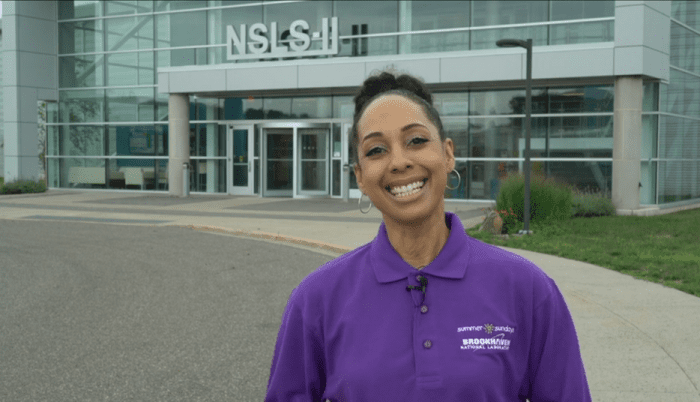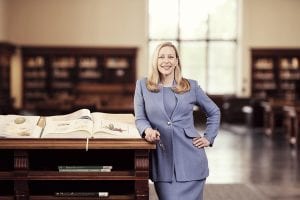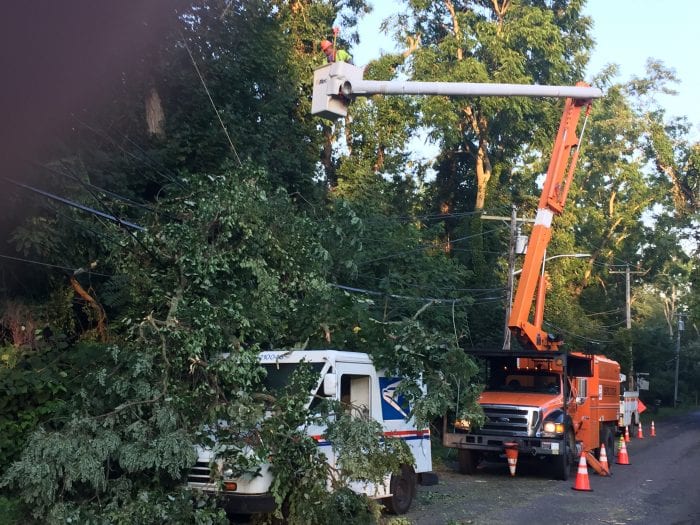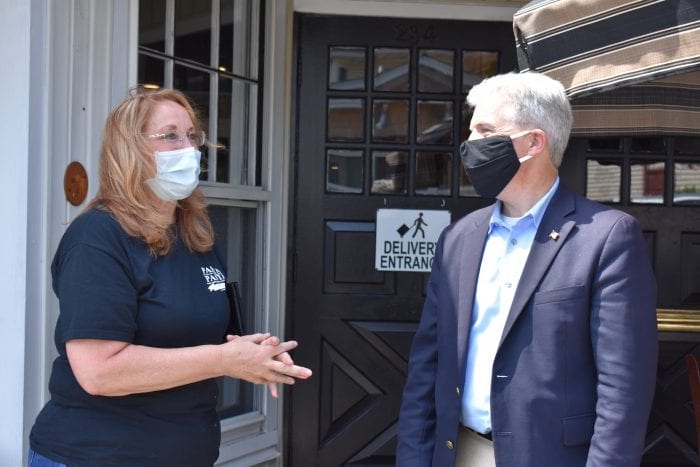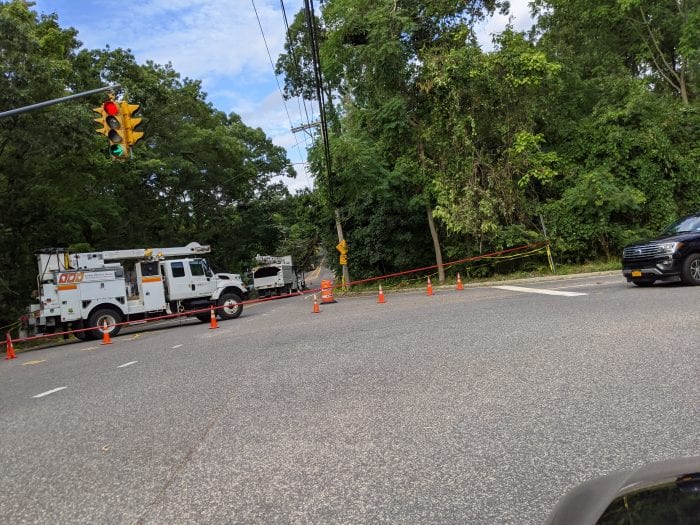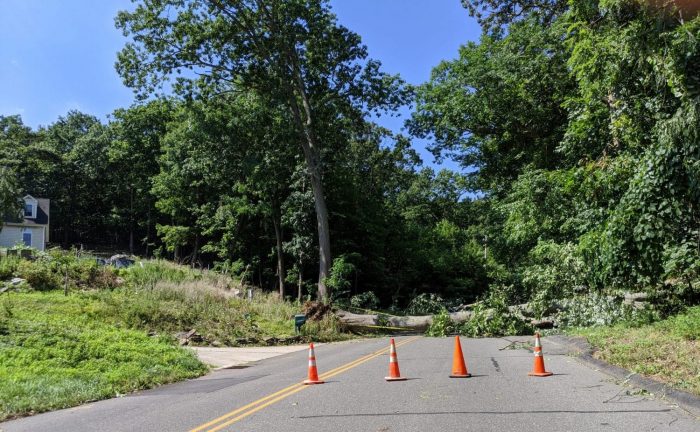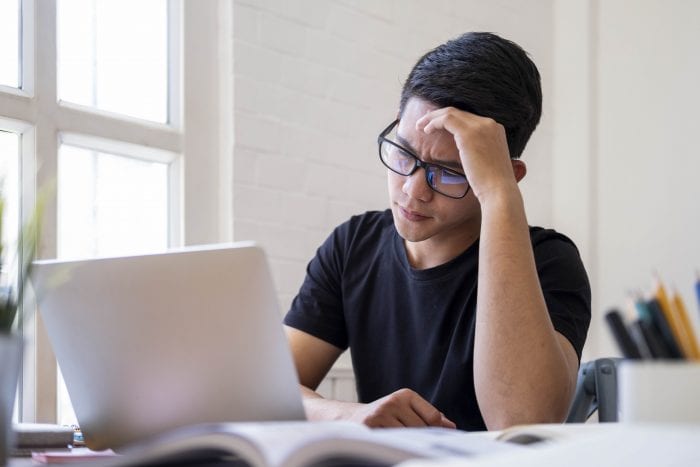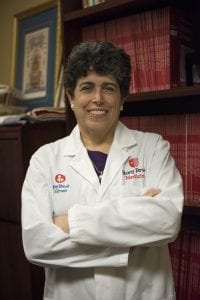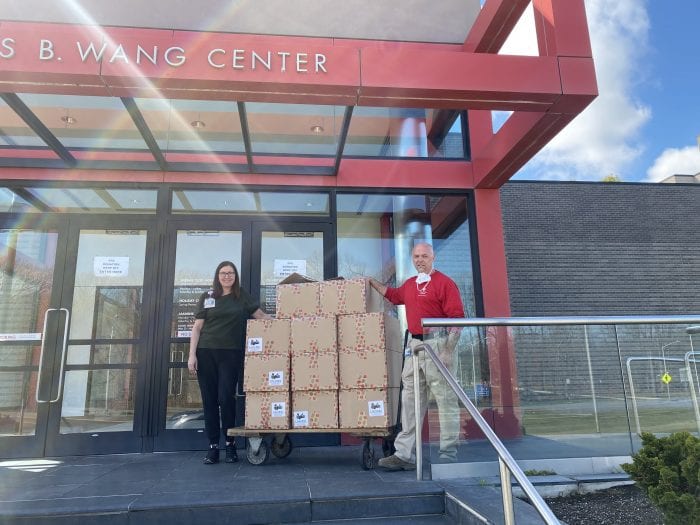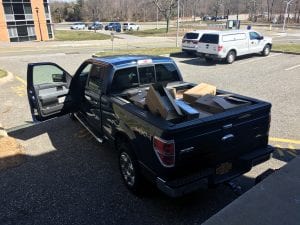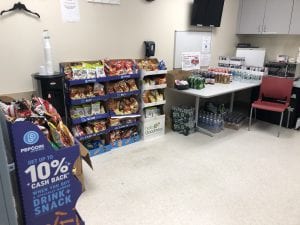By Daniel Dunaief
The show must go on, even in science.
After 70 years of bringing residents into their high tech facility to see some of the cutting-edge technology for themselves and to interact with the scientists from around the world who ask questions about the nature of matter, the universe, energy, weather and myriad other questions, Brookhaven National Laboratory plans to continue the tradition of Summer Sundays, albeit virtually.
Starting this Sunday, Aug. 16, with a virtual explanation video and question and answer session with several scientists, the Department of Energy laboratory will welcome those curious about their labs back, albeit virtually. The first session will begin with a video about the National Synchrotron Lightsource II, a facility that cost close to $1 billion to construct and that has numerous beamlines that enable researchers to see everything from the molecules of a battery in action to cutting edge interactions in biochemistry.
This week’s session, which will run from 3:30 to 5 p.m. will be available on BNL’s YouTube channel. Participants who would like to ask questions during the session can submit them in writing through the lab’s social media accounts or by sending an email to [email protected]. A moderator will direct questions to a panel. The other programs are on August 23rd for the Center for Functional Nanomaterials and August 30th for the Relativistic Heavy Ion Collider.
“Summer Sundays are a large public event and clearly that’s not something anyone is doing right now,” said Kahille Dorsinvil, Principal Stakeholder Relations Specialist and Summer Sundays Coordinator at BNL, who has been working at BNL for 14 years. “People probably thought they’d see us in 2021, [but] we’re still doing science and we’re still trying to share what we’re doing.”
The virtual event has the advantage of allowing the lab to serve as a host for a much larger group of people, who aren’t limited by seats or by social distancing rules. “We tried to make it so there was no limit to who could watch or participate with us online,” explained Dorsinvil.
Participants will watch a short video tour and will then have an opportunity to interact with panelists. The videos will include footage shot from numerous angles.
The participants during a typical in-person Summer Sundays event range across the age spectrum, as BNL promotes the effort as a family event.
Summer Sundays appeal to residents who have already attended similar events in prior years. Indeed, when the lab asks visitors if this is their first time, about half have been to the site before. “Some are our best friends come every year,” Dorsinvil said.
Dorsinvil grew up on Long Island, visiting the lab when she was in ninth grade at Newfield High School in Selden. Through the program, and apprenticeship program, which currently exists as STEM prep for rising tenth graders, she focused on a different science topic each week, including basic chemistry and the environment.
Dorsinvil was already interested in science, but visiting BNL “made a difference in how I continued” in the field, she said.

